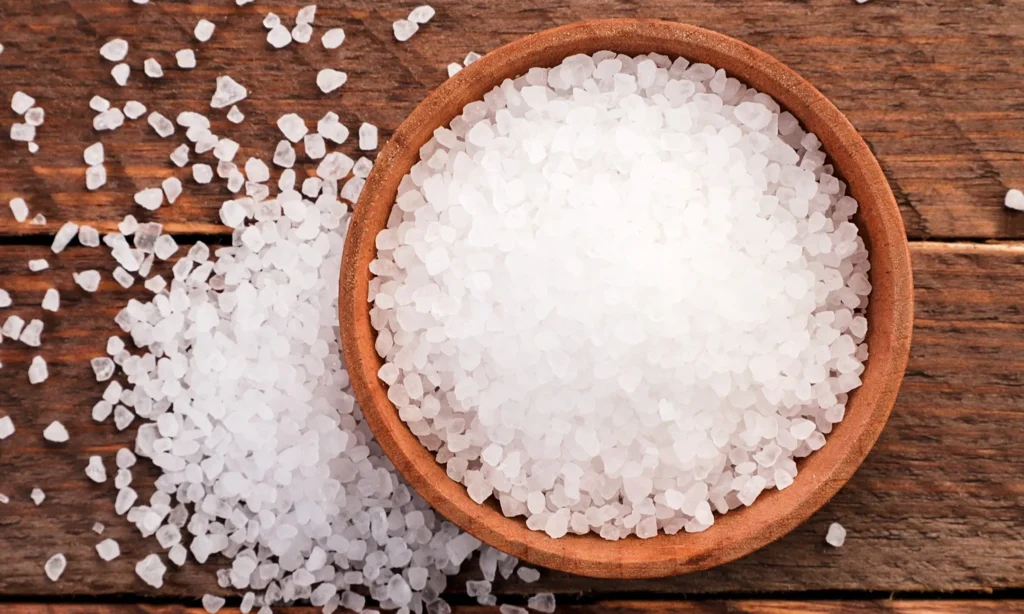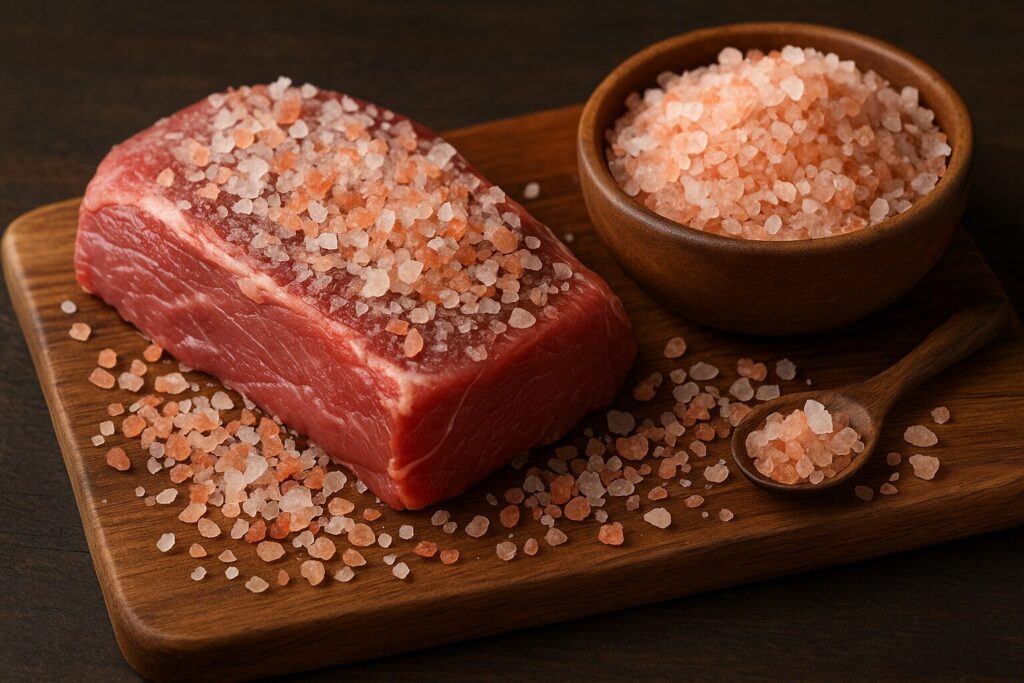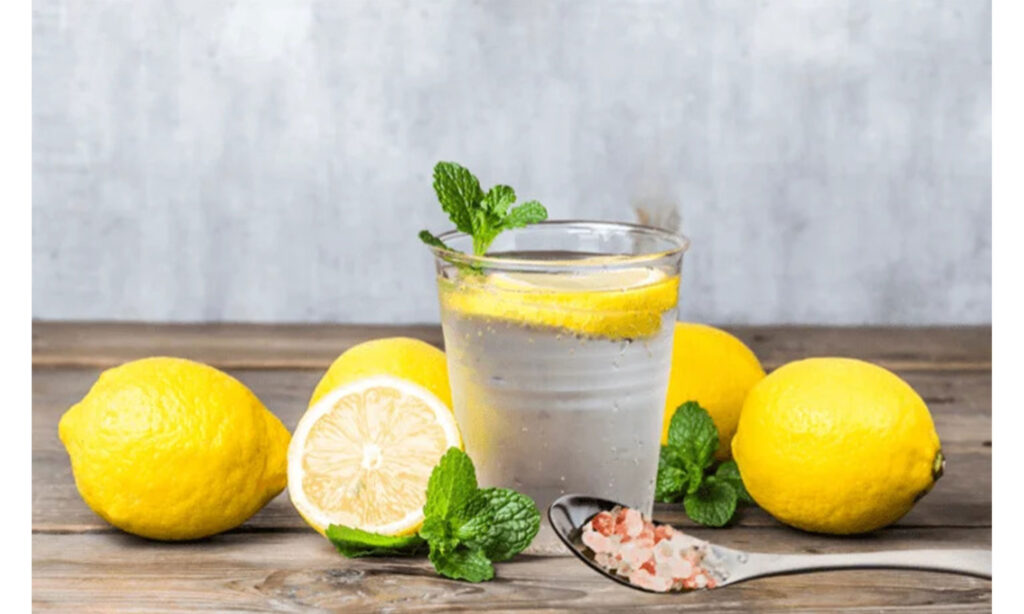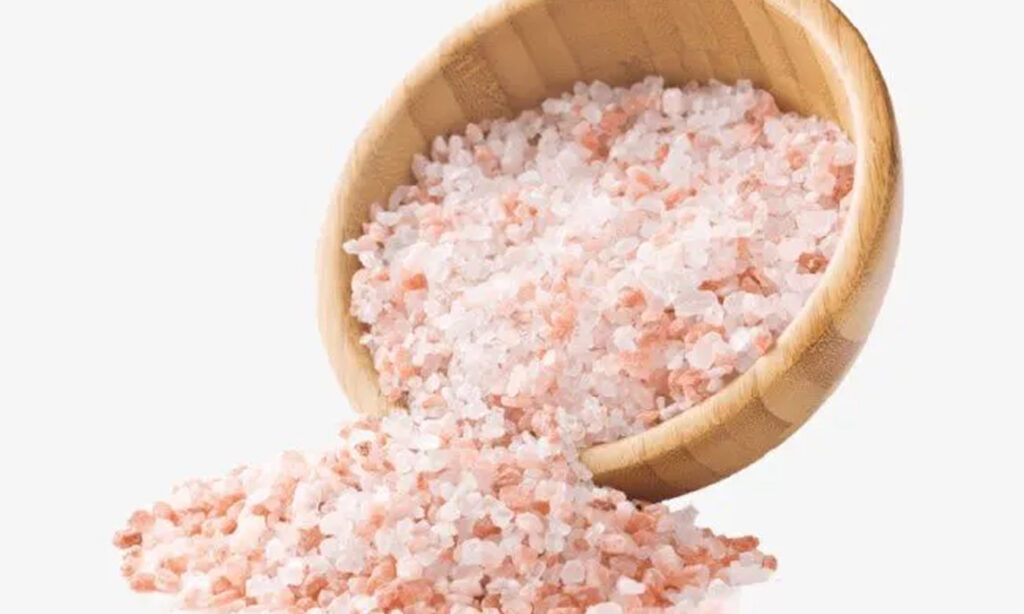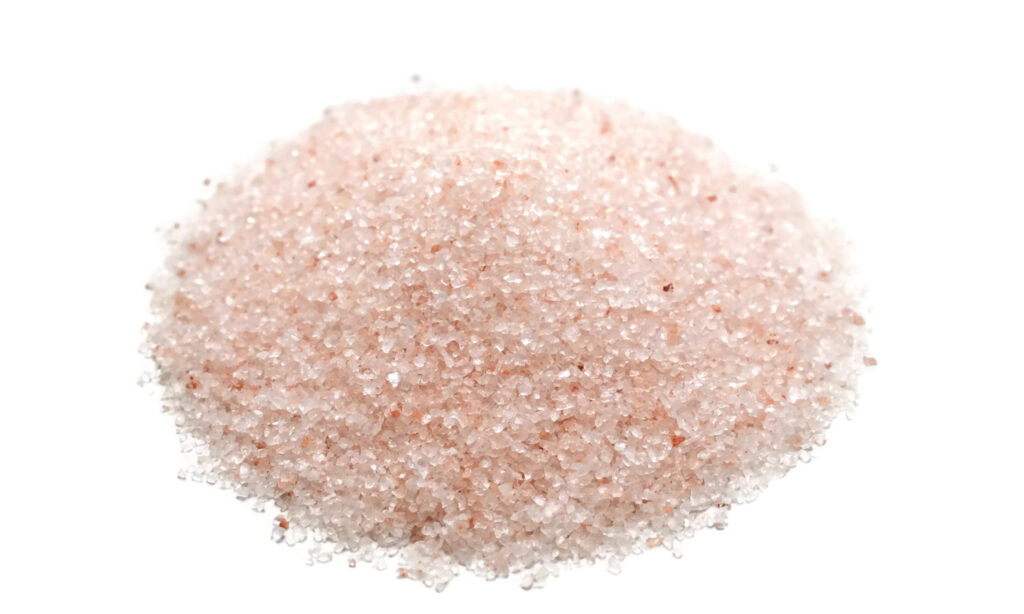Salt is an essential part of our daily diet — it enhances flavor, preserves food, and even plays a crucial role in maintaining our body’s balance. But when you stand in front of grocery shelves, you might wonder: what’s the difference between iodized and non-iodized salt — and which one should I use?
In this guide, we’ll explore everything you need to know about iodized salt vs non-iodized salt, their benefits, uses, and how to choose the right one for your lifestyle.
What Is Iodized Salt?
Iodized salt is regular table salt that has been fortified with a small amount of iodine — a trace mineral your body needs to support thyroid function and hormone production.
Iodine deficiency can lead to thyroid problems such as goiter, fatigue, and hormonal imbalance. To prevent this, many countries introduced iodine fortification programs decades ago. As a result, iodized salt became a simple and affordable way to ensure people get enough iodine daily.
In short: iodized salt = table salt + added iodine for health benefits.
What Is Non-Iodized Salt?
Non-iodized salt is pure sodium chloride (NaCl) without any added iodine. It’s often used in:
- Cooking and baking where iodine might affect flavor or color
- Pickling and canning, since iodine can cause discoloration or cloudiness
- Industrial and wellness uses, such as bath salts or spa treatments
Non-iodized salts, such as Himalayan pink salt or sea salt, often contain trace minerals like magnesium, potassium, and calcium giving them a unique color and slightly different taste profile.
Key Differences: Iodized vs Non-Iodized Salt
| Feature | Iodized Salt | Non-Iodized Salt |
| Iodine Content | Contains added iodine | No added iodine |
| Purpose | Prevent iodine deficiency | Natural or culinary use |
| Taste | Slightly different due to iodine | Pure salty taste |
| Usage | Everyday cooking, table use | Baking, pickling, spa, industrial use |
| Health Benefit | Supports thyroid and hormone health | Provides trace minerals (depending on source) |
Iodized Vs Non Iodized Salt Which Is Healthier?
Salt is a staple in every kitchen. But have you ever paused to wonder: should you be using iodized vs non iodized salt? The debate around iodized vs non iodized salt for daily use and nutrition goes beyond taste it’s about health, cooking efficiency, and even national dietary needs. Understanding iodized vs non iodized salt is essential for making informed decisions about what you put on your plate every day.
In this article, we’ll explore the difference between iodized and non iodized salt for cooking and health, compare their benefits and drawbacks, and help you decide the best type of salt to use in cooking. We’ll also highlight how premium salt brands like Unique Minerals are changing the game with quality and purity.
Benefits and Drawbacks of Iodized and Non Iodized Salt
Benefits of Iodized Salt:
-
Prevents iodine deficiency
-
Inexpensive and easy to use
-
Helps regulate metabolism and hormones
Drawbacks of Iodized Salt:
-
Highly refined
-
Lacks natural minerals
-
Not ideal for pickling
Benefits of Non Iodized Salt:
-
Contains trace minerals (especially Himalayan salt)
-
Better for fermentation and skincare
-
Often less processed
Drawbacks of Non Iodized Salt:
-
No iodine support
-
May be pricier
-
Inconsistent iodine intake if used exclusively
Best Type of Salt to Use in Cooking
The best type of salt to use in cooking iodized or non iodized depends on your dish and health goals.
Use iodized salt for:
-
Everyday meals
-
Baking
-
Salting water for boiling
Use non iodized salt for:
-
Curing meats
-
Making pickles
-
Gourmet cooking and finishing
-
Balancing mineral intake naturally
Many chefs recommend Himalayan pink salt or sea salt as a finishing touch for flavor and presentation.
Top Salt Brand Recommendation Unique Minerals
When choosing high quality non iodized salt, Unique Minerals stands out. They offer:
-
100% pure Himalayan pink salt
-
Sourced directly from the Khewra salt mines in Pakistan
-
Free from additives or anti caking agents
-
Available in edible, bath, and decorative salt forms
Whether you’re looking for healthy cooking options or therapeutic benefits, Unique Minerals provides trusted quality.
Which Salt Should You Choose?
When comparing iodized vs non iodized salt for daily use and nutrition, the choice depends on your health, cooking habits, and lifestyle. If iodine deficiency is a concern, iodized salt is your friend. But if you prefer something more natural and mineral rich, go for non iodized salt like Unique Minerals’ pink salt an increasingly popular option in the iodized vs non iodized salt debate.
Moderation is key. Overusing any type of salt iodized or non iodized can lead to health problems like hypertension. For most people, strategically combining both types is the best approach to benefit from both sides of the iodized vs non iodized salt conversation.
Can You Mix Iodized and Non-Iodized Salt in Daily Use?
Yes mixing iodized and non-iodized salt won’t harm your health. However, consistency is key.
If your diet already provides enough iodine from dairy, eggs, or seafood, using non-iodized salt occasionally is fine. But if you live in an iodine-deficient region or follow a restricted diet (like vegan or low-seafood), iodized salt is recommended to maintain healthy iodine levels.
Health Benefits of Balancing Iodine Intake
Iodine plays a crucial role in:
- Thyroid hormone production (T3 and T4)
- Brain and nervous system development, especially in children
- Metabolism regulation and energy production
However, too much iodine can also cause thyroid dysfunction. That’s why balance matters neither deficiency nor excess is good.
A balanced diet that includes moderate iodized salt and mineral-rich non-iodized salt can help you maintain optimal iodine levels and overall wellness.
Global Importance of Iodine Fortification in Salt
Since the mid-20th century, adding iodine to salt has been one of the most successful global public health initiatives.
According to the World Health Organization (WHO), over 120 countries have adopted salt iodization programs, significantly reducing iodine deficiency disorders.
However, in some areas where natural salt sources already contain iodine or where dietary habits differ, non-iodized salt is preferred.
Why Choose Unique Minerals for Pure Non-Iodized Salt
At Unique Minerals, we take pride in offering 100% pure, naturally non-iodized Himalayan pink salt sourced directly from the ancient mines of Pakistan.
Our salt is chemical-free, unrefined, and rich in essential trace minerals perfect for cooking, detox baths, or natural wellness routines. Whether you prefer iodized or natural mineral salt, choosing a trusted and transparent source ensures purity, safety, and quality in every grain.
Conclusion: Which Salt Is Better?
There’s no one-size-fits-all answer both iodized and non-iodized salt have their place in a healthy lifestyle.
- Use iodized salt regularly if your diet lacks iodine or you live in an iodine-deficient region.
- Choose non-iodized or mineral salts when you want a natural alternative, especially for pickling, gourmet cooking, or wellness use.
The key is balance and quality and ensuring your salt comes from a trusted brand like Unique Minerals guarantees that you’re getting the best for your health and taste.
FAQs
Is regular table salt iodized or non-iodized?
Most table salt is iodized, unless the label specifically says “non-iodized.”
What is the main difference between iodized and non-iodized salt?
Iodized salt contains added iodine to prevent deficiency, while non-iodized salt is pure salt without added minerals.
Can I use non-iodized salt every day?
Yes, but make sure you’re getting iodine from other sources like seafood, eggs, or dairy.
Which type of salt is better for cooking?
Both can be used. Iodized salt is good for general use, while non-iodized salt is ideal for baking and pickling to avoid discoloration.
Why is iodine added to salt?
To help prevent iodine deficiency disorders such as goiter and support healthy thyroid function.


